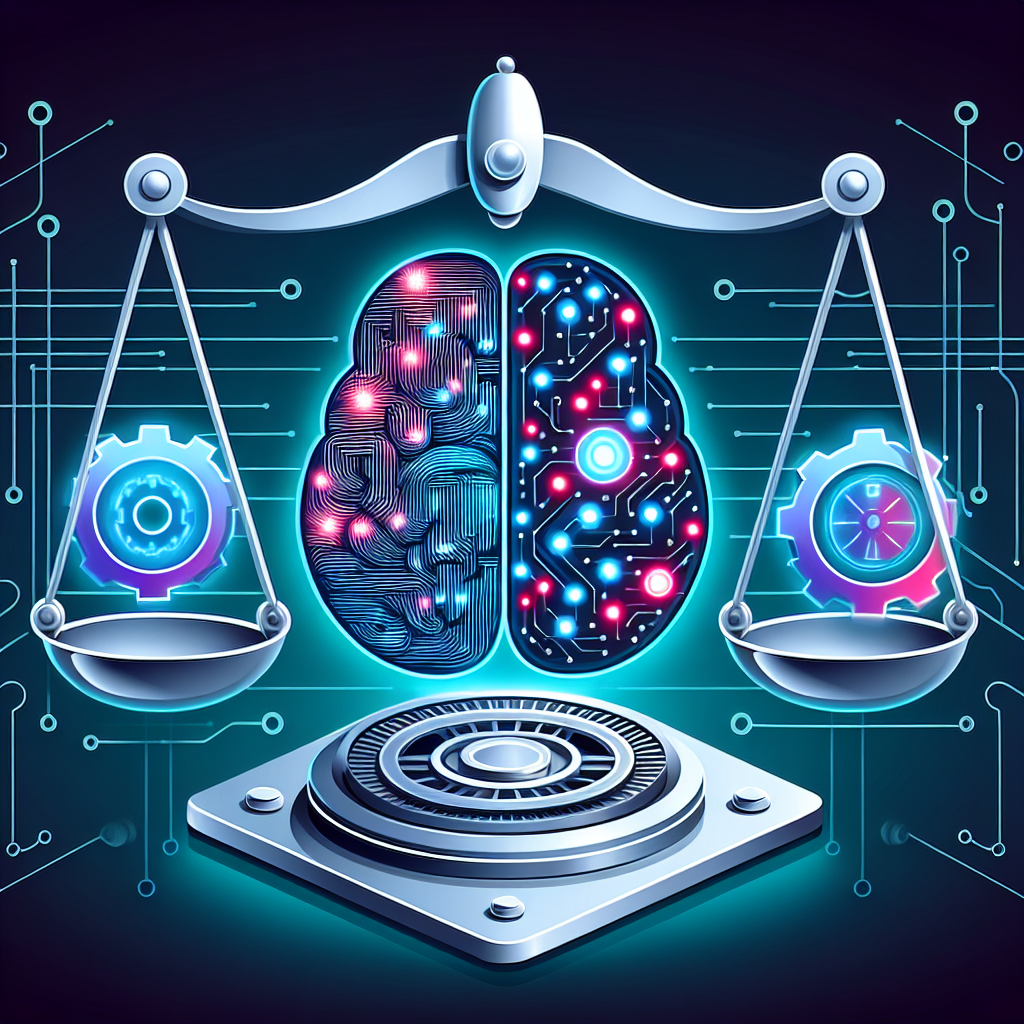In today’s rapidly evolving regulatory landscape, businesses are facing increasing pressure to comply with a wide array of laws and regulations. From data privacy and cybersecurity to anti-money laundering and fraud prevention, the list of compliance requirements is constantly growing. To meet these challenges, many organizations are turning to artificial intelligence (AI) to help them navigate the complex world of regulatory compliance.
AI has the potential to revolutionize the way businesses approach regulatory compliance. By leveraging machine learning algorithms and natural language processing, AI can help automate compliance processes, identify potential risks, and ensure that organizations are meeting their legal obligations. In this article, we will explore the use of AI in regulatory compliance and discuss some of the key benefits and challenges associated with this technology.
Benefits of Using AI in Regulatory Compliance
1. Improved Efficiency: One of the key benefits of using AI in regulatory compliance is the ability to automate time-consuming tasks. AI can help organizations streamline processes such as monitoring transactions, conducting risk assessments, and preparing regulatory reports. By automating these tasks, businesses can free up valuable time and resources to focus on more strategic activities.
2. Enhanced Accuracy: AI has the ability to analyze large volumes of data quickly and accurately. This can help organizations identify potential compliance issues before they escalate into serious problems. By leveraging AI-powered analytics tools, businesses can gain a deeper understanding of their compliance risks and take proactive measures to address them.
3. Real-time Monitoring: AI can help organizations monitor their compliance status in real-time. By continuously analyzing data from various sources, AI can alert businesses to potential compliance issues as soon as they arise. This real-time monitoring capability can help organizations respond quickly to changing regulatory requirements and mitigate compliance risks before they become significant problems.
4. Predictive Analytics: AI can also help organizations predict future compliance trends and risks. By analyzing historical data and identifying patterns, AI algorithms can help businesses anticipate potential compliance issues and take proactive measures to address them. This predictive analytics capability can help organizations stay ahead of regulatory changes and ensure that they are prepared for any new compliance requirements.
Challenges of Using AI in Regulatory Compliance
While the benefits of using AI in regulatory compliance are clear, there are also several challenges that organizations need to consider when implementing this technology.
1. Data Quality: AI algorithms rely on high-quality data to produce accurate results. If the data used to train AI models is incomplete or inaccurate, the results may be unreliable. Organizations need to ensure that they have access to clean, reliable data to maximize the effectiveness of AI in regulatory compliance.
2. Regulatory Complexity: The regulatory landscape is constantly evolving, with new laws and regulations being introduced on a regular basis. AI systems need to be able to adapt to these changes quickly and effectively. Organizations need to ensure that their AI systems are up-to-date with the latest regulatory requirements to avoid compliance issues.
3. Interpretability: AI algorithms can be complex and difficult to interpret. This can make it challenging for organizations to understand how AI systems arrive at their conclusions. Organizations need to ensure that they have the necessary expertise to interpret AI results and make informed decisions based on this information.
4. Security and Privacy: AI systems can be vulnerable to security breaches and data privacy issues. Organizations need to implement robust security measures to protect sensitive data and ensure that AI systems comply with data protection regulations.
FAQs
1. What are some common use cases for AI in regulatory compliance?
Some common use cases for AI in regulatory compliance include monitoring transactions for suspicious activity, conducting risk assessments, automating compliance reporting, and predicting future compliance trends.
2. How can AI help organizations stay ahead of regulatory changes?
AI can help organizations stay ahead of regulatory changes by analyzing historical data, identifying patterns, and predicting future compliance trends. By leveraging AI-powered analytics tools, organizations can anticipate potential compliance issues and take proactive measures to address them.
3. What are some key challenges associated with using AI in regulatory compliance?
Some key challenges associated with using AI in regulatory compliance include data quality issues, regulatory complexity, interpretability of AI results, and security and privacy concerns.
4. How can organizations ensure that their AI systems comply with data protection regulations?
Organizations can ensure that their AI systems comply with data protection regulations by implementing robust security measures, conducting regular audits of AI systems, and ensuring that data is handled in accordance with relevant data protection laws.
In conclusion, the use of AI in regulatory compliance has the potential to transform the way businesses approach compliance processes. By leveraging the power of AI, organizations can improve efficiency, accuracy, and real-time monitoring capabilities, while also gaining predictive analytics insights to stay ahead of regulatory changes. However, organizations need to be mindful of the challenges associated with using AI in compliance, such as data quality issues, regulatory complexity, interpretability of AI results, and security and privacy concerns. By addressing these challenges and leveraging the benefits of AI, organizations can enhance their compliance efforts and ensure that they are meeting their legal obligations in an increasingly complex regulatory environment.

